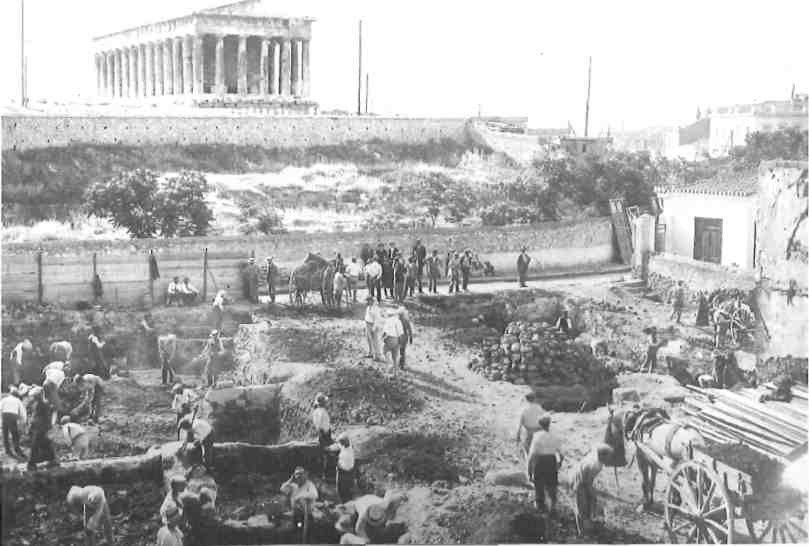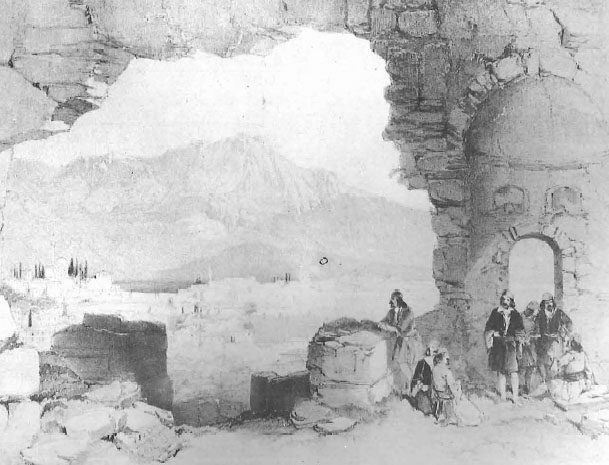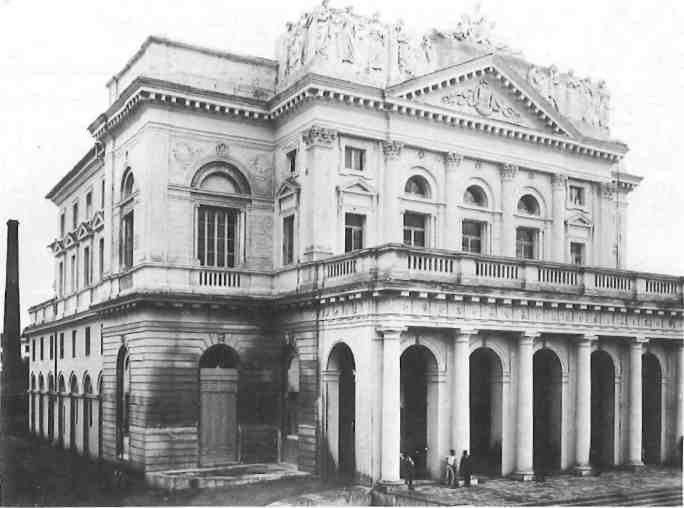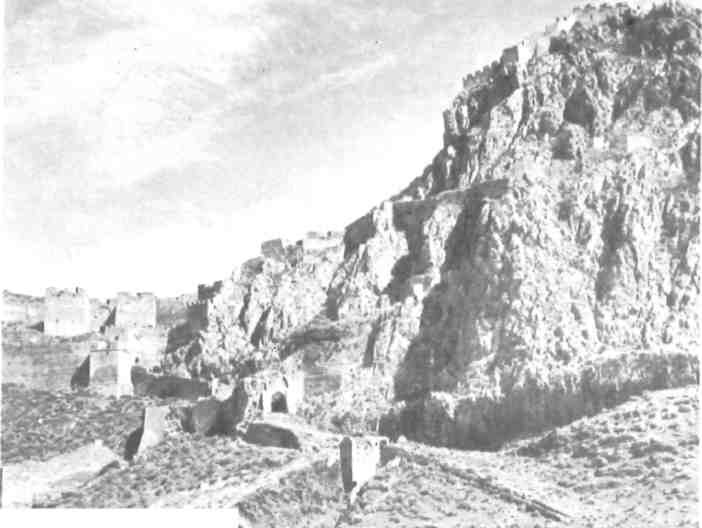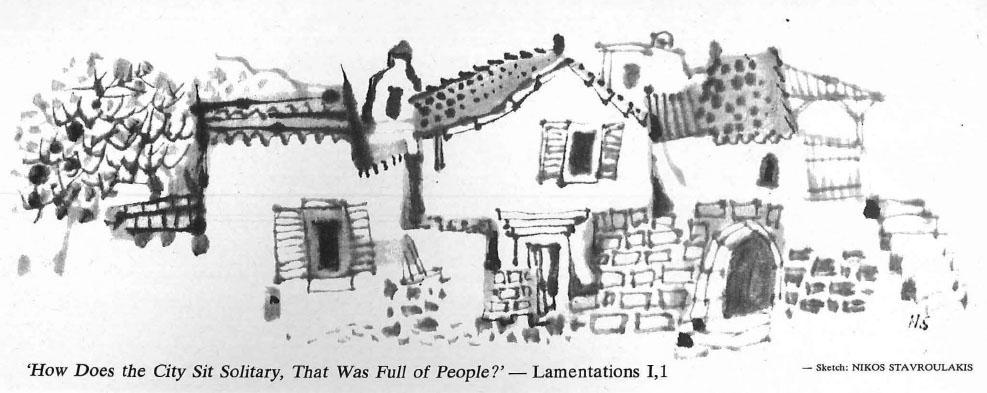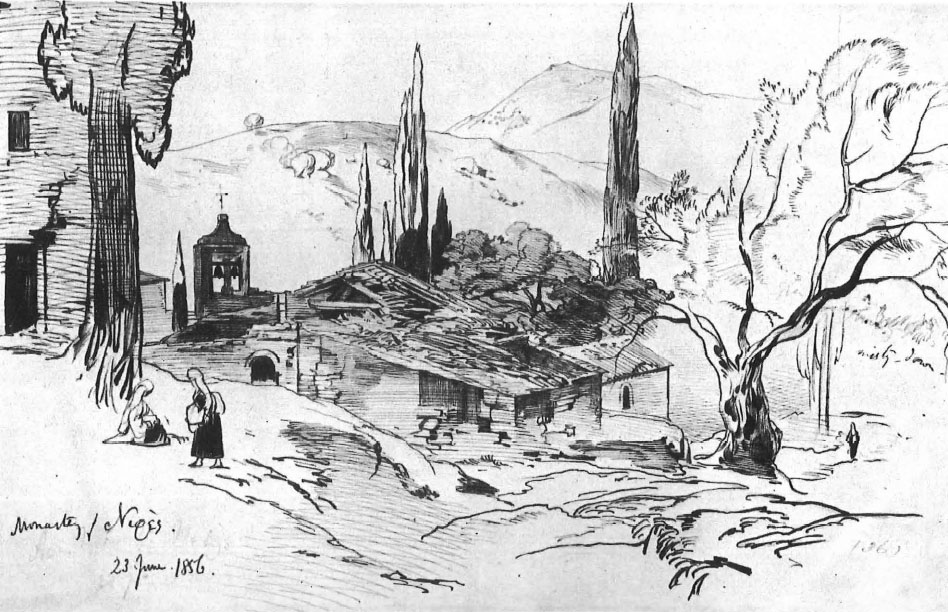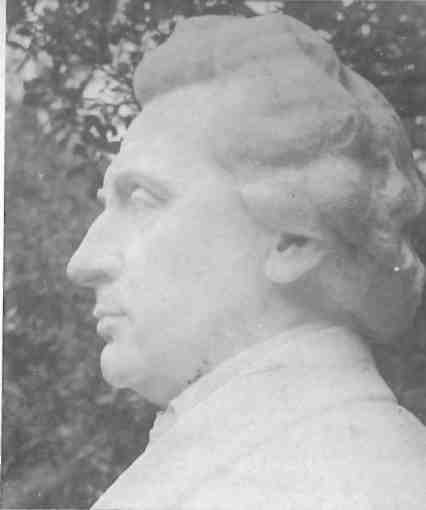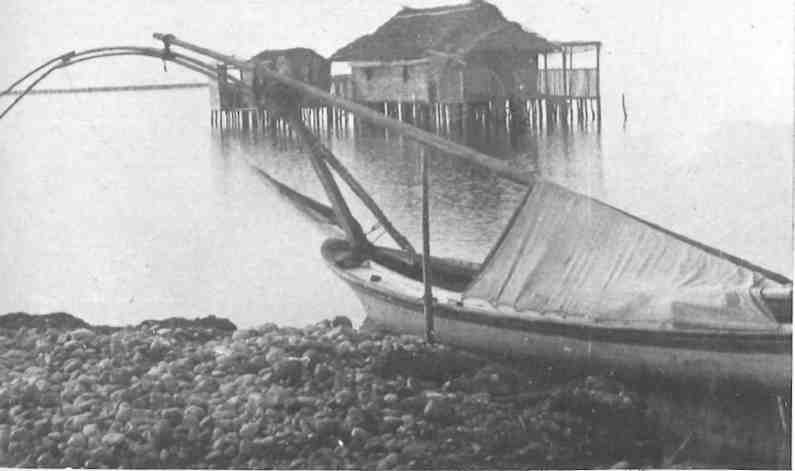The Agora Excavations, A Popular History
If you you are riding the electric railway from Omonia to Piraeus, take a look outside just after you pass the Monastiraki stop. You will see on either side of you the ruins of the ancient Agora, the civic and commercial centre of classical Athens.
